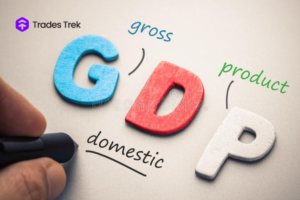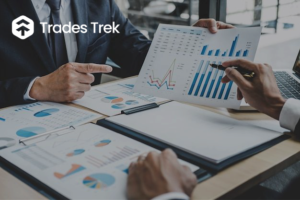Debt is not a bad thing; poor debt management is.
Understanding the concept of debt ratio is not only important to investors or those looking to start their business. But to individuals navigating their expenses.
What is Debt Ratio?
The debt ratio measures the portion of a company’s assets financed by loans. It provides insight into the level of financial leverage a company employs to fund its operations and growth initiatives. This ratio is often expressed as a percentage or decimal. One of the primary advantages of monitoring the debt ratio of a company is to gauge its financial health and stability.
How To Calculate Debt Ratio
This is relatively straightforward. Divide total company debt by total company assets and multiply the result by 100 to express it as a percentage.
Formula:
Debt Ratio = (Total Debt / Total Assets) * 100
Types of Debt Ratios
Several ratios are commonly used in financial analysis, each providing unique insights into an organisation’s financial structure. Some of the most prevalent ratios include:
Debt-to-Equity Ratio
The debt-to-equity ratio measures the proportion of a company’s financing that comes from debts relative to its shareholder’s equity.
Formula:
Debt-to-equity = Total debt/Total Equity
Debt-to-Asset Ratio
Debt-to-asset ratio measures the percentage of a company’s assets financed by loans. This indicates the financial risk levels of the company
Formula:
Debt-to-asset = Total debt/Total Asset
Interest Coverage Ratio
The interest coverage ratio measures the ability of a company to cover its loan interests from its operating income. A company with high earnings before expense payments such as tax relative to its interest expense is often considered to have low financial risk.
Formula:
Interest Coverage Ratio = EBIT (Earnings Before Interest and Taxes)/Interest Expense
Debt Service Coverage Ratio
The debt service coverage ratio is used by lenders to determine the ability of a company to repay its debts. It’s a financial ratio that measures a company’s ability to cover debt obligations including principal and interest payments.
Formula:
Debt service coverage ratio = EBITDA (Earnings Before Interest and Taxes, Depreciation, and Amortisation)/Total debt service
Advantages and Disadvantages of Debt
A moderate level of debt can be beneficial, allowing companies to leverage their assets to generate higher returns for shareholders. However, excessive debt can lead to financial distress, increased interest expenses, and a higher risk of default.
Also, relying too heavily on equity financing may limit growth opportunities and dilute ownership stakes. Striking the right balance between debt and equity is essential for sustainable growth and profitability.
What is a Good Debt Ratio?
Determining what constitutes a good debt ratio depends on several factors such as industry norms, economic conditions, and the company lifecycle stage. Generally, these values vary across various industries and sectors as some industries are more capital-intensive than others. However, a ratio greater than 100% or 1.0 indicates the company has more debts than assets. And a value of less than 100% or 1.0 indicates the company has more assets than debts. However, a lower debt ratio indicates a healthier financial position, signaling that the company has less reliance on debt to finance its operations. What is considered “good” can vary significantly across industries and individual circumstances.
Examples of Good and Bad Ratios
Consider two hypothetical companies, Company A and B. Company A has a debt ratio of 30% and Company B has a debt ratio of 70%. While both companies may be profitable, Company A’s lower debt ratio suggests it has a more conservative approach to financing, potentially reducing its risk of financial distress. Conversely, Company B’s higher debt ratio may indicate greater financial leverage, which could lead to increased vulnerability during economic downturns.
Conclusion
Understanding and monitoring the financial ratio is essential for assessing an organisation’s financial health and risk profile. Which helps stakeholders make informed decisions to optimize their debt levels and maximize long-term sustainability. Remember, this is key to navigating the complex landscape of finance and ensuring stability and growth for the future.
FREE STOCK-TRADING SIMULATOR
Get started trading in a virtual environment before risking real cash. Download the Trades Trek Stock-Trading Simulator available on Android and IOS and get 500,000NGN in virtual cash to get started today!!! Become an expert investor for free with no capital investment. And also get access to learning resources to enhance your trading knowledge.




